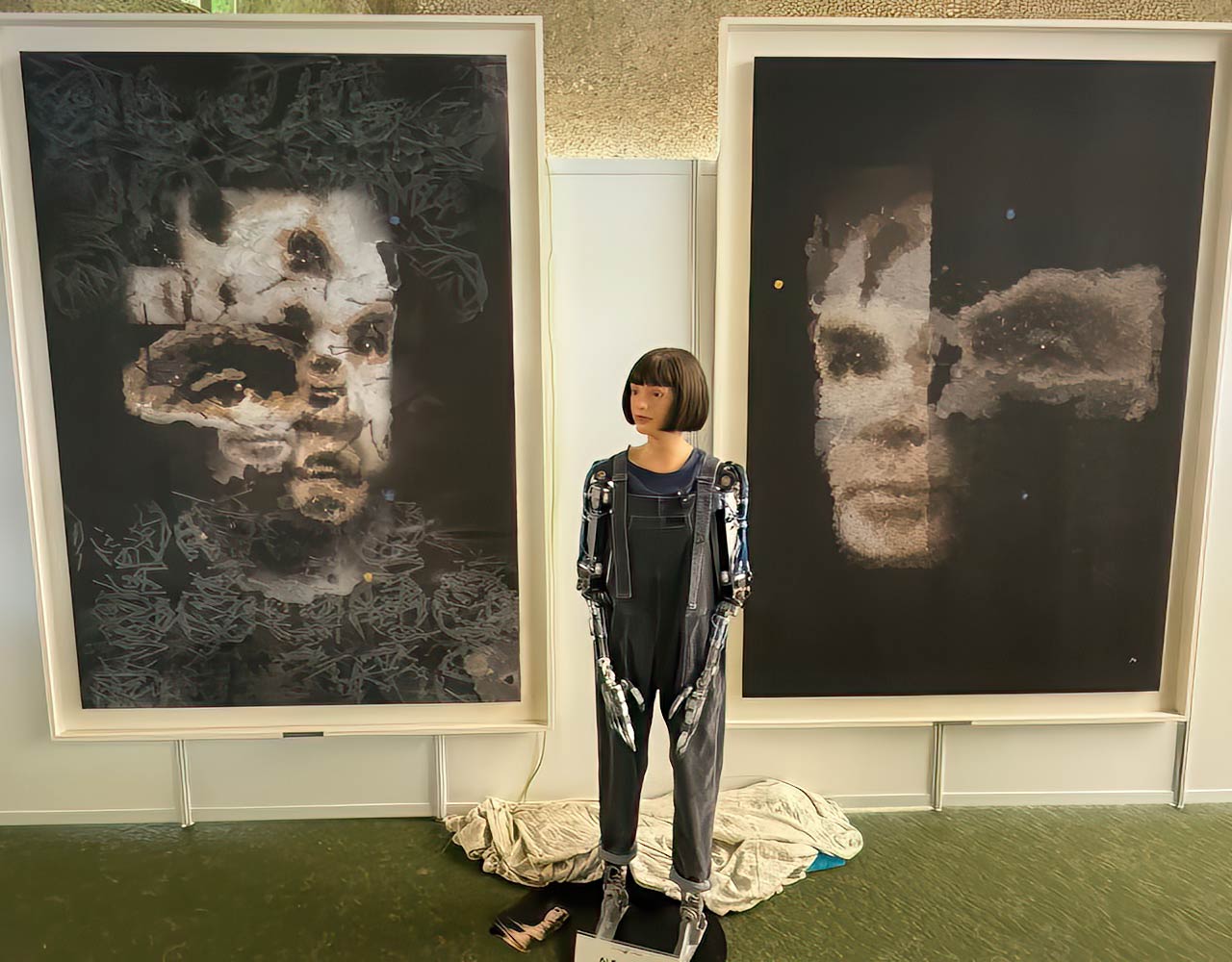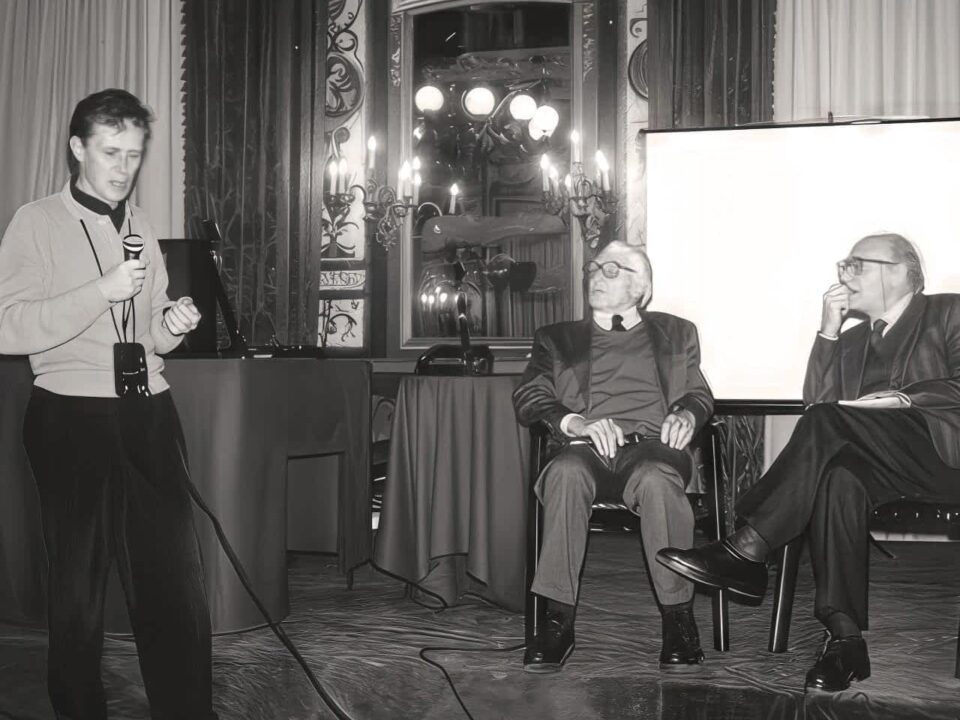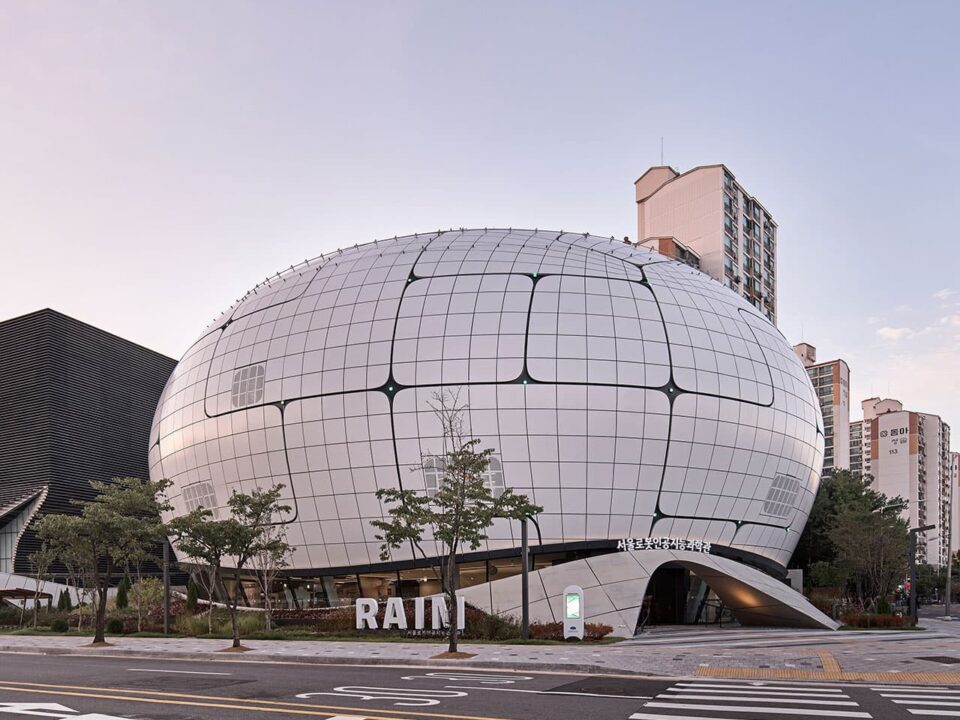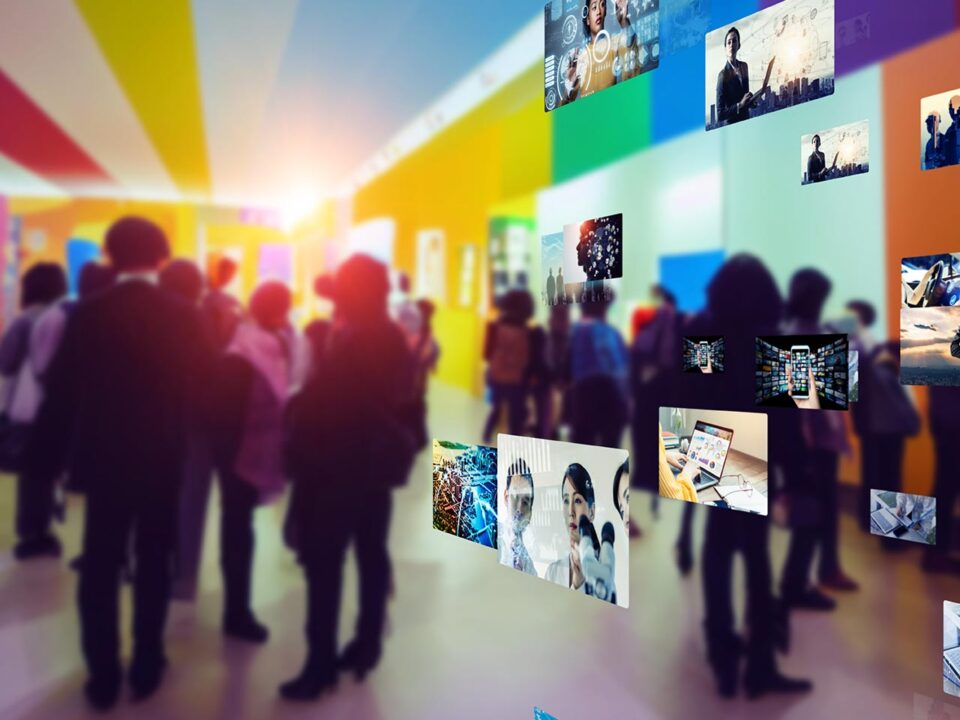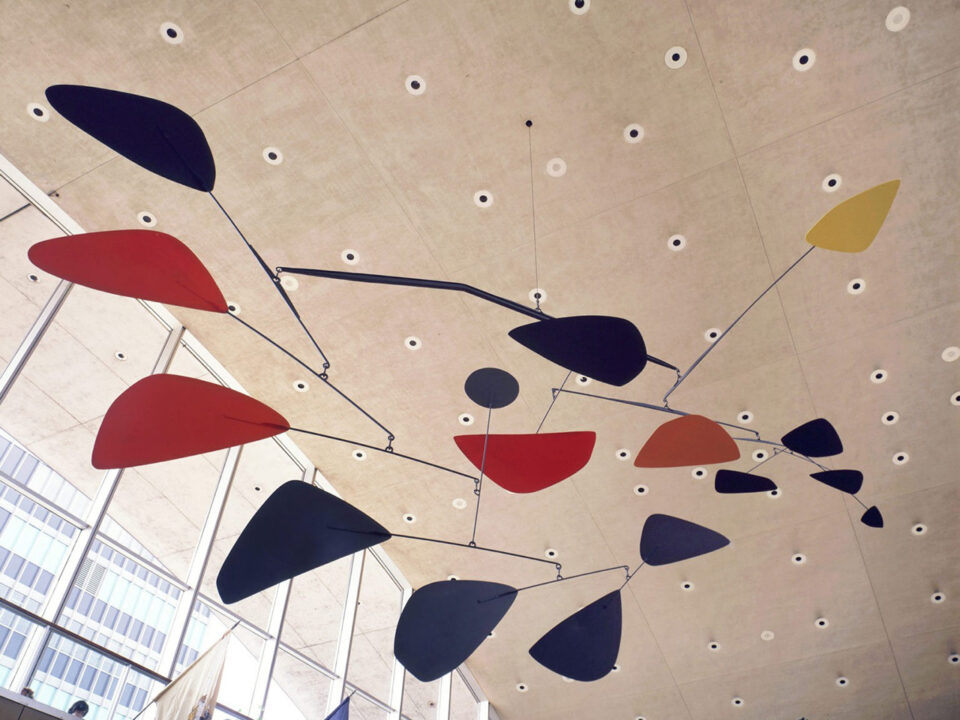Humanoid robot artist Ai-Da makes history as her Alan Turing portrait sells for $1M, redefining art and AI creativity.
The first painting ever created by a humanoid robot, which was expected to sell for a maximum of $180,000, stunned the art world after it sold for an astonishing $1.08 million.
In a groundbreaking moment for both the art world and technology, Ai-Da has made headlines as the world's first ultra-realistic humanoid robot artist to sell a portrait of computing pioneer Alan Turing for a record price of $1 million. Such a new record auction not only raises Ai-Da's status within the contemporary art scene but also ignites deeper conversations about the evolving relationship between artificial intelligence, creativity, and the future of art.
Who is Ai-Da?
Ai-Da, named after the 19th-century mathematician and computer pioneer Ada Lovelace, resists the description of a typical artist. Created by a team of engineers, roboticists, and programmers, Ai-Da forms a harmonious fusion with her—whereas the most advanced technologies find their place with an artistic touch, her highly complex system of artificial intelligence gives her the capability to create unique artworks ranging from abstract paintings to hyper-realistic portraits.
Equipped with a robotic arm and advanced facial recognition software, Ai-Da is able to interpret and render her subjects in a manner that puts on display not only her programming but an independent creative process as well. While her creators provide the framework, Ai-Da's art comes forth independently, an inquiry into machine-driven creativity in each piece.
The Alan Turing Portrait: A Celebration of Brilliance
Alan Turing's portrait, which fetched an amazing $1 million, stands as a deep tribute to one of history's most influential figures in the realms of computer science and artificial intelligence. Turing, hailed by many as the father of modern computing, was instrumental in deciphering the Enigma code during World War II, which greatly aided the Allied victory. His pioneering work laid down the foundations for modern AI, which surely makes him the perfect subject for Ai-Da's unique artistic vision.
It is a really great marriage between traditional and digital aesthetics. Using a mix of traditional sketching with AI-driven data interpretation, Ai-Da created a work reflecting Turing's legacy through a prospective lens. The artwork encapsulates the essence of Turing's genius but also the complicated relationship between human brains and machine innovation.
Breaking Boundaries: Art, AI, and Market Value
The $1 million sale itself marks a landmark for Ai-Da and sets a milestone for the larger universe of art and technology. The value of art has conventionally been strongly associated with the intention, skill, and reputation of an artist. Ai-Da's success thus runs against these norms and demonstrates that AI-generated art can also stand firm in the competitive market driven by human creators.
Critics and fans are at war over what Ai-Da's success truly represents. Some believe it is the ultimate peak of technological advancement in the arts, able to push boundaries and redefine the very definition of artistry. Others question the genuineness of creativity in AI, suggesting that without human emotion and experience, AI art can never attain the depth and soul associated with masterpieces. The debate notwithstanding, it's clear that the market has spoken. Ai-Da's success in auction reflects the growing acceptance and appetite for AI-generated art. Collectors and institutions are now looking at such pieces not only as valuable assets but also historical records of the time when art and technology finally came together in the 21st century.
The Future of AI in the Art World
Ai-Da's record-breaking sale raises vital questions about the future of art and its creators: Will AI ultimately supplant human artists, or will it coexist as a complementary force that enriches human creativity? How will the role of the artist change in a world where machines can create works of equal intrigue?
The implications go beyond the art market: Ai-Da's achievement flags the possibility that AI can have a similar impact on the movie, design, and media industries. With AI advancing rapidly, this might just be the dawn of a new epoch where human and machine come together to create works that neither could achieve alone. Final Reflections Ai-Da's portrait of Alan Turing, valued at $1 million, goes beyond the realm of an extraordinary auction sale; it stands as a symbol of technology's transformative power within the arts. In creating a bridge between human ingenuity and artificial intelligence, Ai-Da pushes us to reevaluate our understanding of creativity, authorship, and value. Standing at the forefront of art and innovation, we are challenged by the success of Ai-Da to contemplate a future where artistic expression will have its boundaries continuously reimagined. The art world will no doubt be watching with great interest as Ai-Da—and any future AI artists that may emerge—continue to shape this exciting new chapter in the history of creativity.
Featured photo: The Ai-Da Robot stands in front of her AI-created artwork of Alan Turing at the United Nations in Geneva, Switzerland. Photo: EPA-EFE/Sotheby’s Handout.
That's it for today! If you're interested in more design insights, make sure to check out other posts here on Art+Media+Design.
